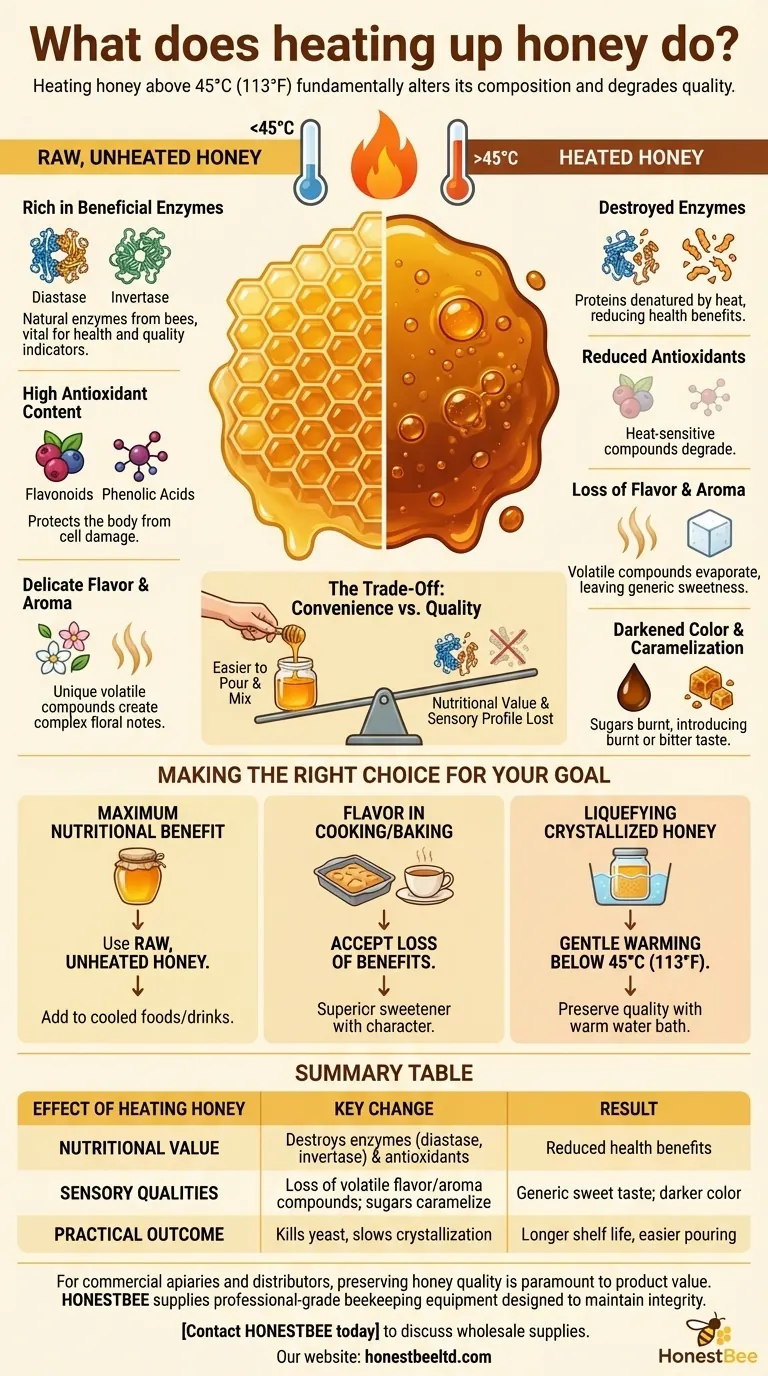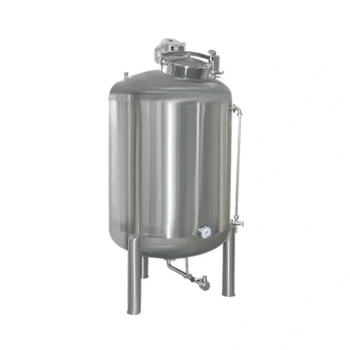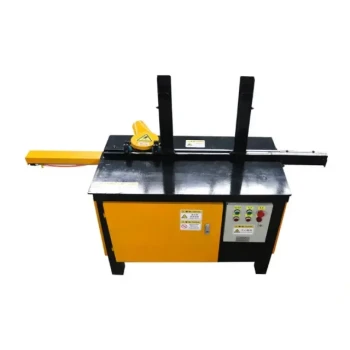Heating honey can fundamentally alter its composition and degrade its quality. Subjecting honey to high temperatures, generally above 45°C (113°F), destroys its beneficial enzymes and antioxidants, causes a loss of delicate flavor and aroma, and darkens its color. While gentle warming can be useful, excessive heat diminishes the very properties that make raw honey a unique natural product.
The central trade-off with honey is clear: heating it provides convenience by making it easier to pour and mix, but this convenience comes at the direct cost of its nutritional value and complex sensory profile.

The Impact on Nutritional Value
For many, the primary appeal of honey lies in its unique health-promoting compounds. Heat is the primary enemy of these delicate components.
Destroying Beneficial Enzymes
Raw honey contains natural enzymes like diastase and invertase, which are introduced by bees. These enzymes are proteins, and like all proteins, they are denatured and destroyed by heat. In fact, the level of diastase is often used as a key indicator of honey's quality and freshness.
Reducing Antioxidant Content
Honey is a source of antioxidants, including flavonoids and phenolic acids, which help protect the body from cell damage. These compounds are sensitive to heat and degrade when honey is overheated, significantly reducing its antioxidant capacity.
The Change in Sensory Qualities
Beyond nutrition, heat fundamentally changes how honey tastes, smells, and looks. The qualities that distinguish a high-end tupelo from a common clover honey are especially vulnerable.
Loss of Flavor and Aroma
The unique, delicate flavors and floral aromas of honey come from volatile compounds. When honey is heated, these compounds evaporate, leaving behind a more generic, purely sweet taste. The subtle notes that define a honey's character are lost first.
Darkening of Color
Heating honey can cause the natural sugars within it to caramelize. This process darkens the honey's color and can introduce a slightly burnt or bitter taste, overpowering its original delicate flavor profile.
Understanding the Trade-offs
While preserving raw honey is ideal, it's not always practical. Understanding the context of why honey is heated is key to making an informed choice.
Why Heat is Used Commercially
Commercial producers often heat honey (pasteurize it) to kill any potential yeast cells, which extends shelf life and prevents fermentation. It also slows down the natural process of crystallization, keeping the product liquid and visually appealing on the store shelf for longer.
The Need to Liquefy Crystallized Honey
Crystallization is a natural process and a sign of high-quality raw honey. To return it to a liquid state, gentle warming is necessary. The key is to use minimal heat to preserve its quality. Placing a jar in a bowl of warm—not hot—water is the best method.
The Reality of Cooking and Baking
When you add honey to a hot tea or use it in baking, its enzymes and some delicate aromas will inevitably be lost due to the high temperatures involved. In this context, honey primarily serves as a natural sweetener with a rich flavor, even if its nutritional benefits are diminished.
Making the Right Choice for Your Goal
How you handle honey should depend entirely on what you want from it. There is no single "correct" way, only the way that best suits your purpose.
- If your primary focus is maximum nutritional benefit: Use raw, unheated honey. Add it to foods and drinks after they have cooled to a warm temperature, not while they are hot.
- If your primary focus is flavor in cooking and baking: Accept that some benefits will be lost to heat. Honey will still function as a superior sweetener with more character than refined sugar.
- If your primary focus is simply liquefying crystallized honey: Gently warm the jar in a warm water bath below 45°C (113°F) to preserve as much of its original quality as possible.
By understanding how heat affects honey, you can make a conscious choice every time you use it.
Summary Table:
| Effect of Heating Honey | Key Change | Result |
|---|---|---|
| Nutritional Value | Destroys enzymes (diastase, invertase) and antioxidants | Reduced health benefits |
| Sensory Qualities | Loss of volatile flavor/aroma compounds; sugars caramelize | Generic sweet taste; darker color |
| Practical Outcome | Kills yeast, slows crystallization | Longer shelf life, easier pouring |
For commercial apiaries and distributors, preserving honey quality is paramount to product value. HONESTBEE supplies professional-grade beekeeping equipment, including honey warmers and processing tools designed to maintain the integrity of your honey. Protect your product's enzymes, flavor, and market appeal with equipment built for quality-conscious operations.
Contact HONESTBEE today to discuss wholesale supplies for your commercial beekeeping needs.
Visual Guide

Related Products
- Professional Thermostatic Conical Honey Melter
- 10L Stainless Steel Electric Honey Press Machine
- Honey Concentrating Vacuum Heating Thickening Machine Dehumidifier for Honey
- Economy Small Scale Honey Dryer Dehumidifier Thickening Machine
- 8-Frame Electric Self-Reversing Honey Extractor Spinner for Commercial Honey Extraction Equipment
People Also Ask
- At what temperature does honey flow? Preserve Quality with the Perfect 95°F Sweet Spot
- Why is heating honey sometimes necessary? The Essential Guide to Processing & Quality
- Why is it important to heat honey slowly and evenly? Preserve Flavor, Nutrients & Value
- How does the Bee Blanket help maintain honey quality? Preserve Enzymes with Gentle Hive-Mimicking Heat
- What are the negative effects of overheating honey? Preserve Your Honey's Natural Quality



















